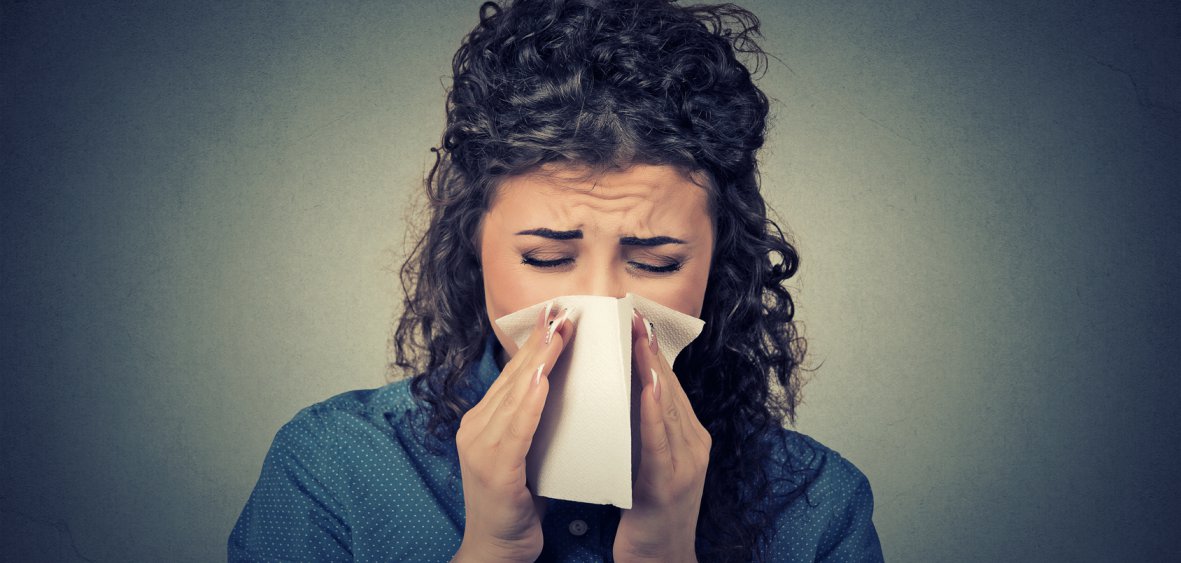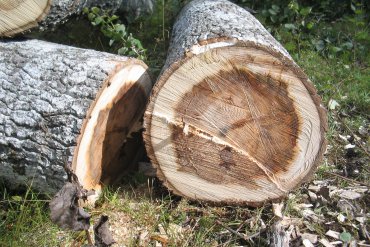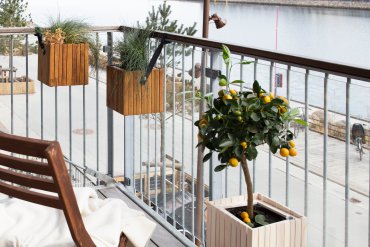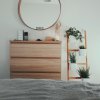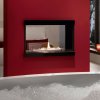Allergies are becoming more and more common. The problem with allergies is getting worse every year. Fortunately, social awareness is also growing and effective methods of fighting its symptoms are emerging.
Eliminate allergens at the home design stage
An allergy cannot be completely cured. The basis in the fight against this unpleasant ailment should be prevention. Prevention, i.e. creating a safe environment for allergy sufferers by eliminating allergens from their environment. Such prophylaxis should be taken into account already at the stage of designing the house.
Allergic symptoms may intensify in people living in the centres of big cities. Increasing exposure to dust and omnipresent car exhaust fumes, for example, worsen the condition of asthmatics. This does not mean, however, that people suffering from various types of allergies should move to the countryside in large numbers. They are threatened by the forests, parks and green belts. Wooded suburbs with numerous shrubs are a habitat for pollen and at the same time a home for dozens of insect species.
Before you move in, check out the nearby green areas, vegetation and apiaries - which is especially important for children allergic to bee venom. High ambient humidity is not recommended either. Dangerous fungi and moulds love marshy areas, humidity and the vicinity of sandy and clay soils.
The house should be secured from the basement itself. Moisture is eliminated by making a special concrete screed and regularly using antifungal agents. Moisture and waterproofing insulation, which protects walls against moisture, is also effective. In an allergy sufferer's house you can heat a modern coal-fired stove equipped with appropriate filters or install an electric heating system.
Allergen-free interior
Dust and mites accumulate on heavy curtains, blinds, ceramic figurines, potted plants and many other seemingly safe elements of dwellings. How to help an allergy sufferer live safely? The key to success is the proper furnishing of the rooms and their systematic and thorough cleaning.
Keep in mind a few facts and principles that will give allergy sufferers a moment's rest:
- Dust is particularly attracted to wainscoting, wallcoverings, carpets and carpets.
- Allergy-friendly paints are labelled with the letter E or with the recommendation of the Polish Society of Allergology.
- Place mattresses and bedding for allergy sufferers on the beds - they can be washed at high temperatures.
- Grow plants, but only those whose leaves and stems you wash under running water or with a cotton cloth.
- Do not clutter the interior with trinkets or dry bouquets collecting dust. Close your book collection on a glass window. Throw away old upholstered furniture and use cotton covers for sofas and armchairs that can be easily removed and washed in the washing machine.
- Air your home at least once a day, but avoid opening windows between 5 a.m. and 8 a.m. and 5 p.m. and 7 p.m. This is when most pollen circulates in the air.
- Forget about sweeping floors and blowing up thousands of mites. Dust will also be sprayed when using a conventional vacuum cleaner, so it's a good idea to reach for the following automatic vacuum cleaner. This unit can be programmed to clean floors when nobody is home.
A dry cloth will only spread dust on worn surfaces. Always use a damp cloth and rinse frequently under running water.
Also check
- March 14, 2022
Bei der Fällung eines Baumes ist die richtige Arbeitstechnik äußerst wichtig. Sie dienen dazu, sichere Arbeitsbedingungen zu gewährleisten und die Effizienz zu steigern. 1...
Read more- June 26, 2019
Own garden is a dream of many people. Relax in the greenery, silence, beautiful flowering flowers or fresh herbs.... Unfortunately, not everyone has the possibility to have...
Read more

